- Solar energy blog
- How solar panel tilt angle affects PV plant performance
How solar panel tilt angle affects PV plant performance
Explore the link between panel tilt angle and PV efficiency and how small changes can deliver significant solar gains with RatedPower software - read more!


Irene Negro
Customer Success Manager
Industrial engineer especialised in renewable energies, with a master's degree in industrial engineering.Irene joined RatedPower more than two years ago and is a Principal Consultant in the Customer Success team. She knows in depth RatedPower's digital solution to reduce the LCOE and maximise the productivity of large-scale photovoltaic plants.
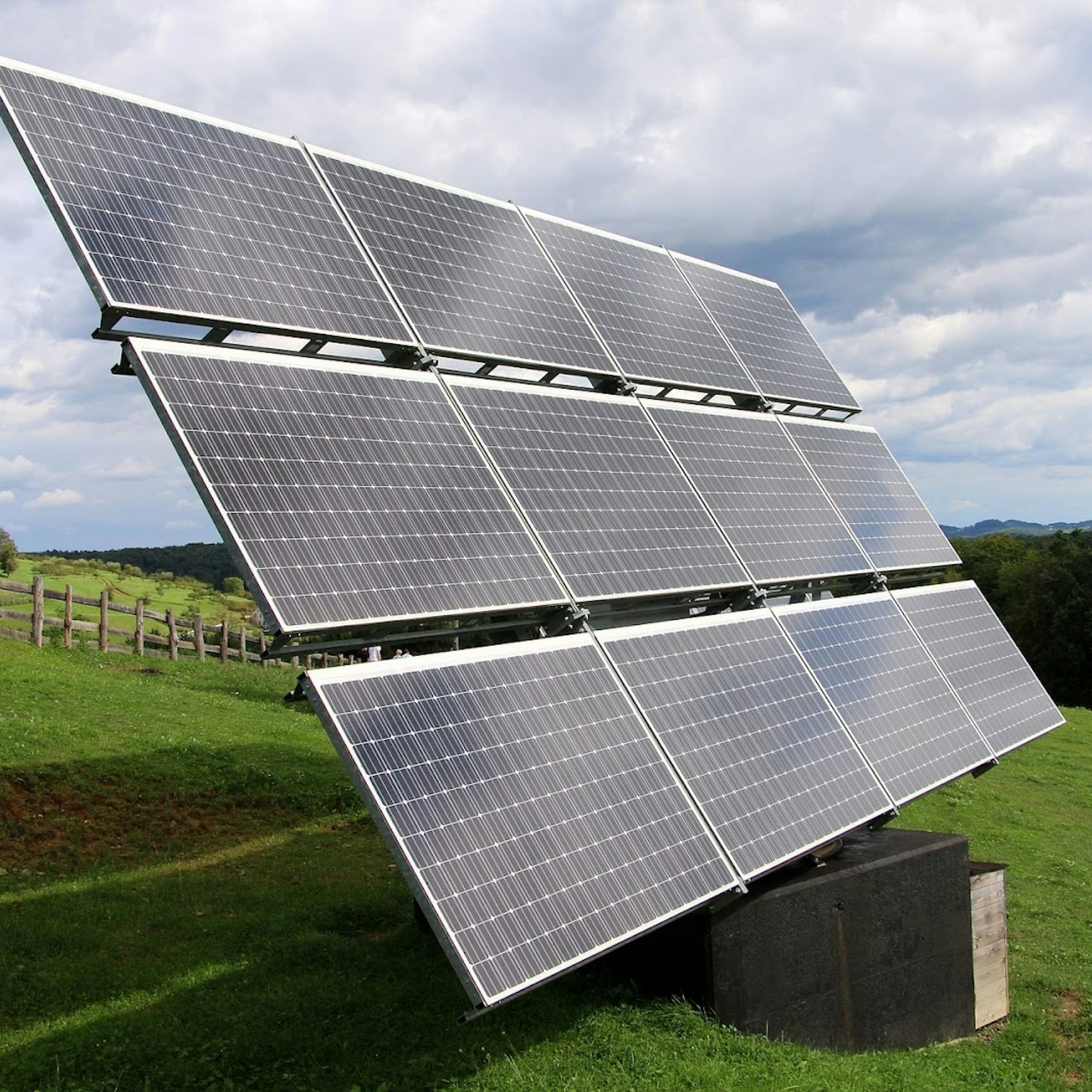
Content
The vertical tilt, or angle, at which the solar panels are installed in a photovoltaic (PV) system will have an impact on the amount of electricity they can generate.
A panel will collect solar radiation most efficiently when the sun's rays are perpendicular to the panel's surface – however the angle of the sun varies throughout the year. The optimal tilt angle for a PV panel will differ throughout the year, and will also vary by latitude.
What are shading losses in a solar energy system and how can you limit them to maximize your PV system energy production? Listen to this webinar with Ming Cheng, PV Engineer expert to learn how RatedPower can help you to account for shading losses in your solar project.
Understanding the impact of both latitude and the time of year on the intensity of the sun’s rays that can reach a panel is key to getting the most output from PV modules to maximize a plant’s power generation. The more sunlight each solar panel can convert into energy, the higher the system’s total electricity output and the higher its potential return on investment.
In this article we look at how to optimize and adjust solar panel tilt to improve your project’s performance.

How tilt angle affects performance
The optimal tilt angle is not one-size-fits all.
The natural tilt and orbit of the earth around the sun influence the way the sun moves across the sky in different locations around the world and at different times of the year. The geographical latitude of a solar installation determines the vertical angle at which the panels should be installed to generate the most energy from the sun’s rays hitting the surface.
Solar panels that are not tilted would be installed parallel to the ground, while panels at a 90° angle would stand upright.
But it is not just the position of the sun that affects solar electricity output.
The angle that solar panels are installed also determines the effect of climatic and environmental conditions. In regions closer to the poles, accumulation of snow on panels during the winter can block sunlight from reaching optimal levels. The solution? A higher tilt angle can limit the amount of snow and ice that accumulates on the surface of the panels by allowing snow and rainfall to slide off. The tilt can also limit soiling from dust, sand and dirt in dry, polluted or desert areas that can block sunlight and reduce energy conversion.
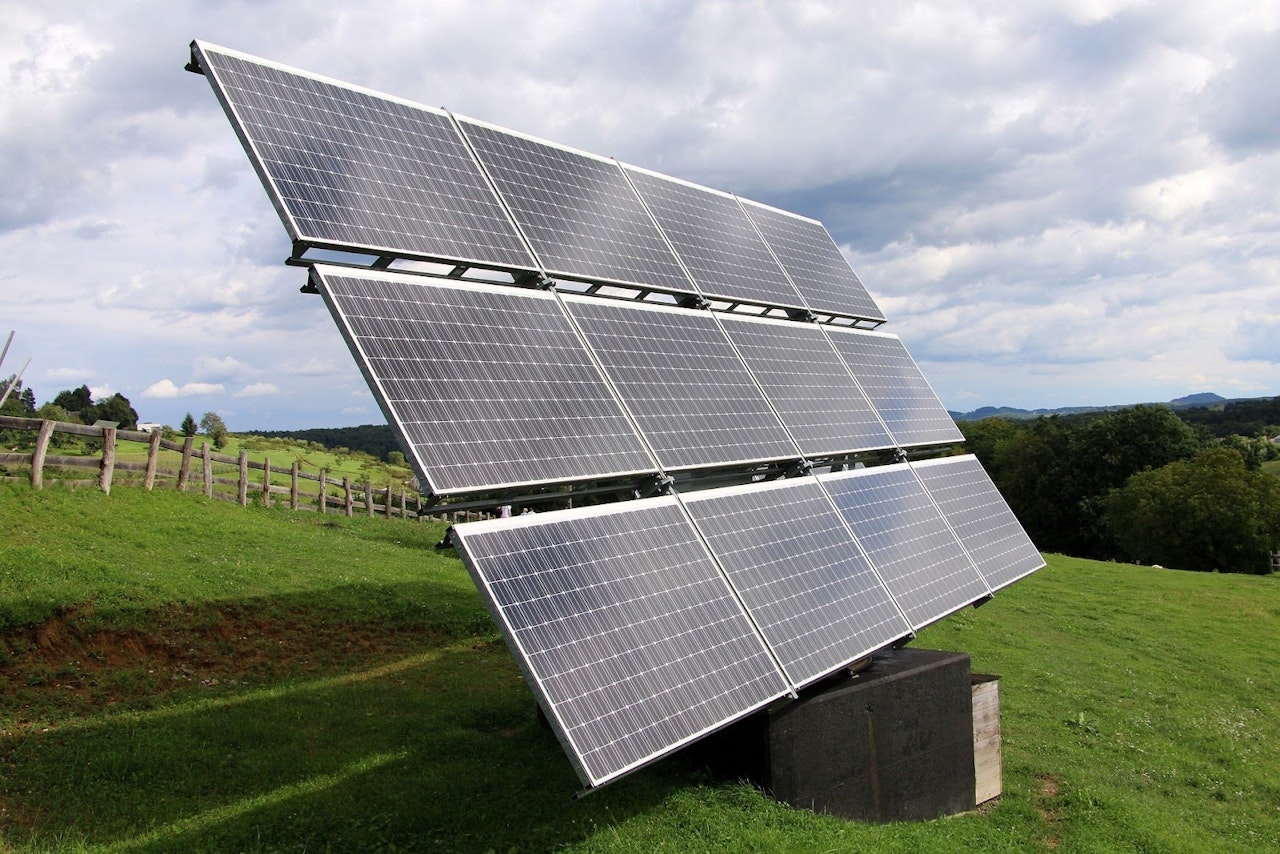
What is the right tilt angle for optimal output?
As a general rule, to achieve the optimal energy production annually, the tilt angle for solar panels should be the same as the site’s geographical latitude. If a solar array is located at a latitude of 50°, the optimal tilt angle would also be 50°. The further the location is from the equator and the closer to the poles, the higher the tilt should be for the panel to face the sun.
With fixed structures, the tilt puts the PV modules at the angle that will give them the most direct sunlight from the sun’s changing position throughout the day.
But tilting rows of solar panels creates shading of the adjacent parallel rows, which partially obstructs their exposure to direct sunlight. And when even one cell in a crystalline PV module is shaded, it reduces the entire module’s electricity generation. For utility-scale projects, even a small degree of shading can result in sizable production losses.
The key to optimizing a project is to increase the distance between parallel rows of panels without excessively increasing the overall size of the installation site. A ground-mounted system that is too large increases the cost of the land needed and may not be viable for sites where the extra land is not available. And roof-mounted systems are limited to the usable area of the building’s rooftop. Spacing panels too far apart reduces the number of panels that a rooftop or piece of land can accommodate and produces less electricity.
This is one way in which RatedPower modeling software can ensure a large-scale plant achieves optimal output. In RatedPower, the recommended tilt angle for fixed structures is calculated based on the site latitude. If the latitude is below 5°, the recommended tilt is 5°. For latitudes between 5° and 10°, the tilt recommended is equal to the latitude. For latitudes between 10° and 20°, the recommended tilt is equal to the latitude multiplied by 0.9 and for higher latitudes above 20°, the tilt is recommended to equal the latitude multiplied by 0.85.

Source: RatedPower
How backtracking minimizes tilt shading
Solar panel backtracking uses a motor and tracking control program that adjusts the tilt of the panels as the sun moves across the sky throughout the day and the year. This maximizes the direct sunlight that reaches the panel from the sun’s path by reducing the shading from the adjacent rows of panels to limit production losses.
While adjusting the angle of the panels to prevent shading may shift their surfaces away from the optimal angle for direct sun rays, the loss in generation is less than the system would lose from the rows of panels being shaded.
Panel backtracking results in more efficient electricity generation than PV systems with fixed structures. But it is important to note that as it requires motors to adjust the tilt of the panels, it is more expensive to install and has more equipment parts to maintain than fixed structures. Backtracking is typically used in locations where levels of direct sunlight are higher than diffuse sunlight, so that adjusting the tilt of the panels produces enough additional electricity to justify the investment.
In RatedPower, backtracking tilt is calculated to give the angle that provides the highest electricity output while producing the least amount of shading on adjacent rows. The structures are designed to adjust from east to west following the sun’s path during the day, with the axial direction for trackers set in the north to south direction.
The algorithm is based on the pitch distance the user defines, as the limiting angle for the backtracking depends on the pitch between panel rows to avoid shading between structures.
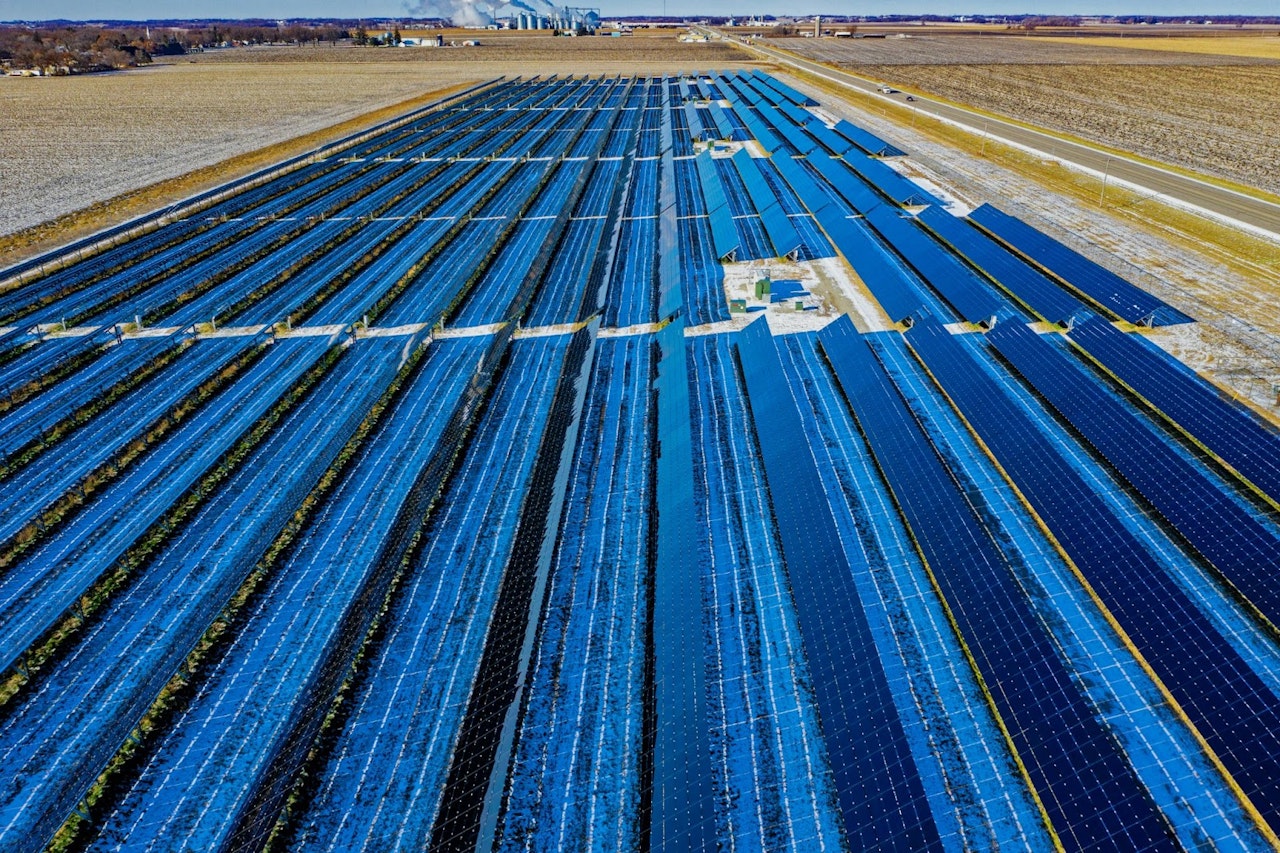
RatedPower optimizes solar panel tilt
As we have seen, the angle at which solar PV panels are tilted in an installation plays a crucial role in the amount of energy the system can produce efficiently. Our platform can automate your project design and calculate the optimal tilt angle for your site. Request a live demo.
Webinar: The optimal solar panel tilt to boost PV projects’ performance
Are you looking for ways to optimize tilt angles in your PV projects for maximum efficiency? Our Product Owner, Bernardino Martín, will guide you through the impact of choosing the optimal tilt angle and pitch distance for fixed structures in this upcoming webinar.
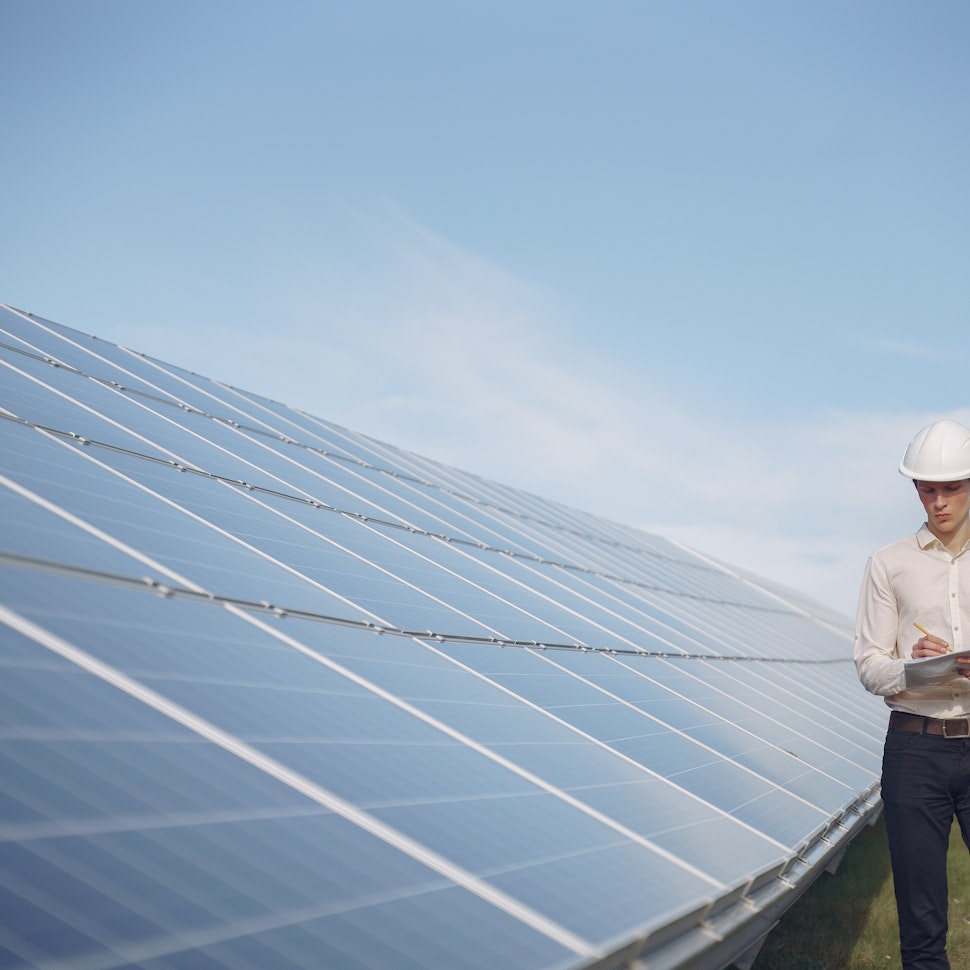
Latest stories
Related posts
Technology and engineering
Outsmarting congestion: How efficient solar design helps navigate Nordic grid limits
Learn how Nordic operators and solar developers are adjusting to tighter grid conditions and how policy and design decisions are keeping projects on track.
Updated 16 DEC, 25

Market analysis
Powering through the peak: Why solar + storage is gaining momentum in MENAT
Discover how MENAT is building a functioning solar economy and why rising peak demand during extreme heat is squeezing its energy architecture.
Updated 11 DEC, 25

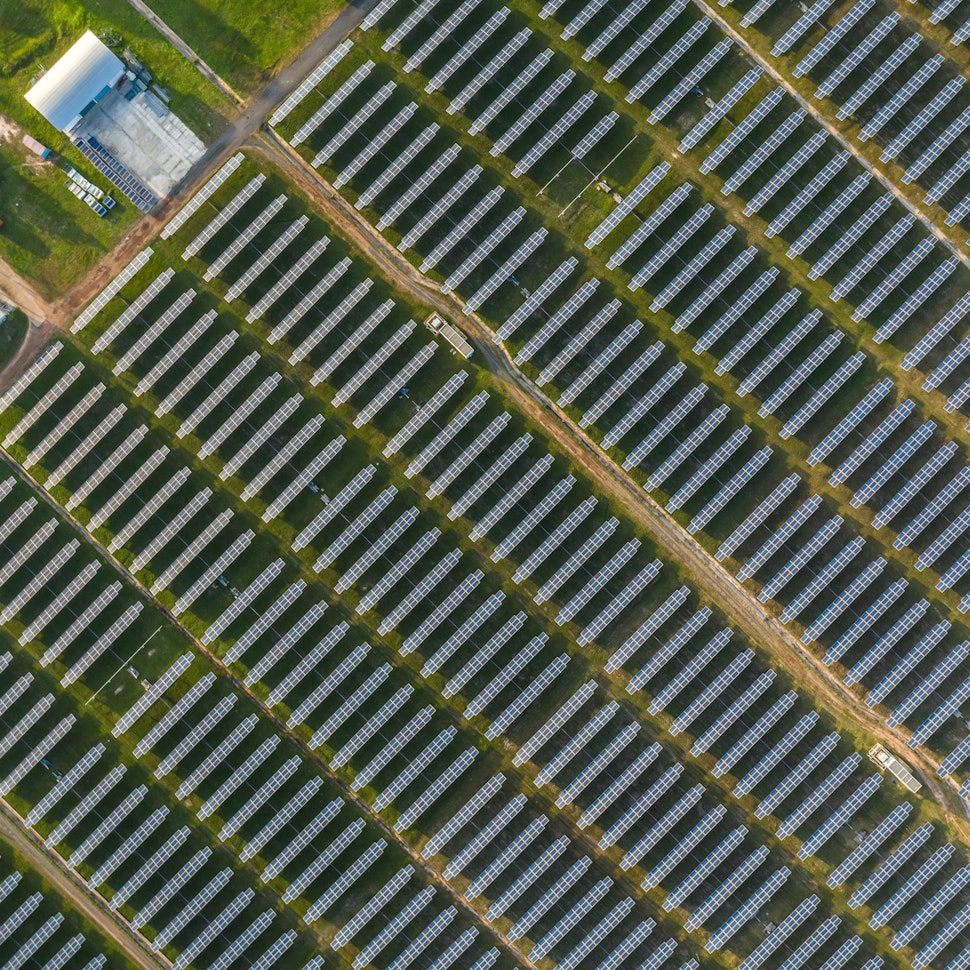
Market analysis
The rise of utility-scale PV + storage plants in Italy
Discover how Italy’s latest policies and auctions are driving utility-scale solar and battery storage projects to meet ambitious 2030 targets.
Updated 4 DEC, 25

- RatedPower
- Solar energy blog
- How solar panel tilt angle affects PV plant performance
 Watch a demo
Watch a demo Ask our AI Product Expert
Ask our AI Product Expert
